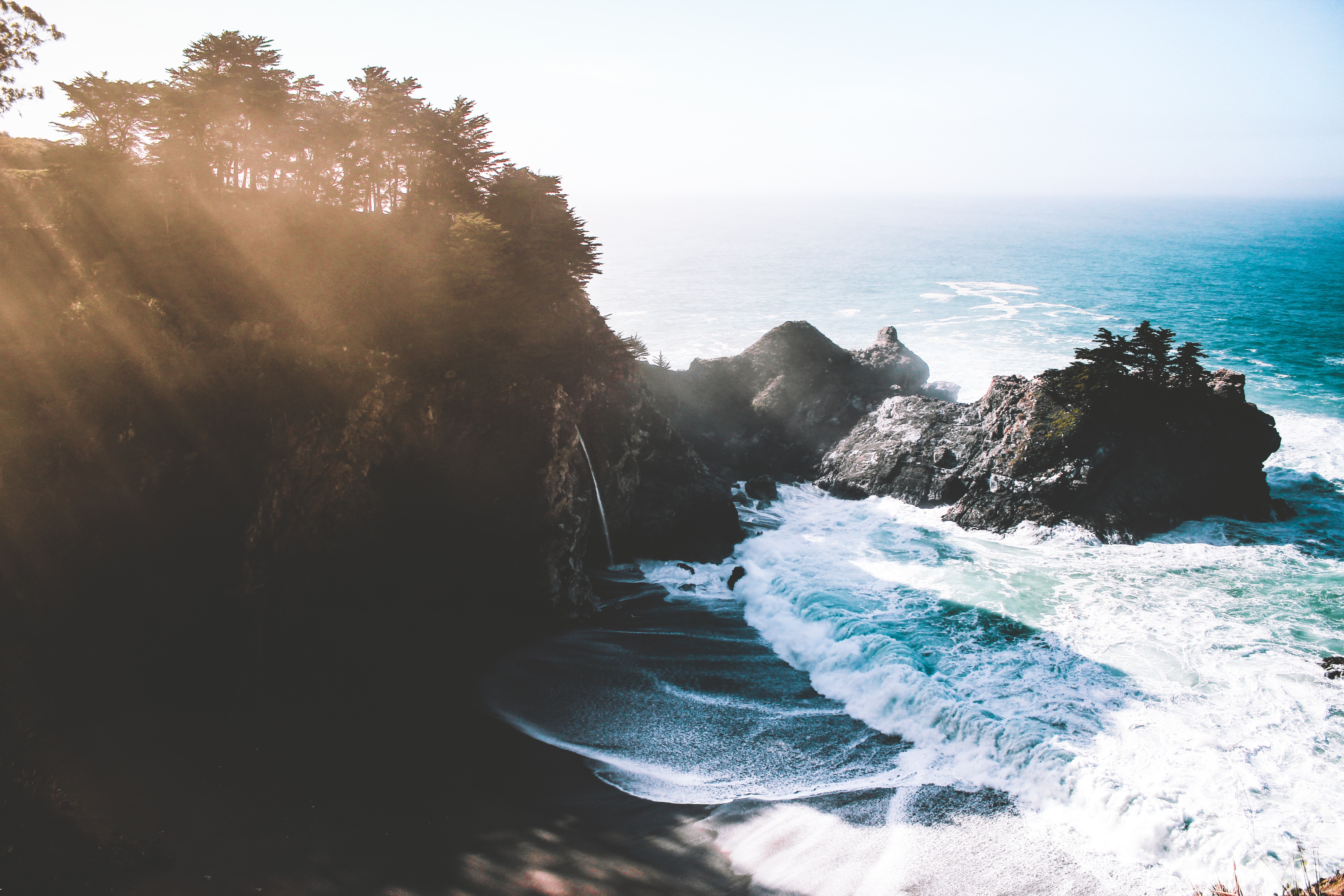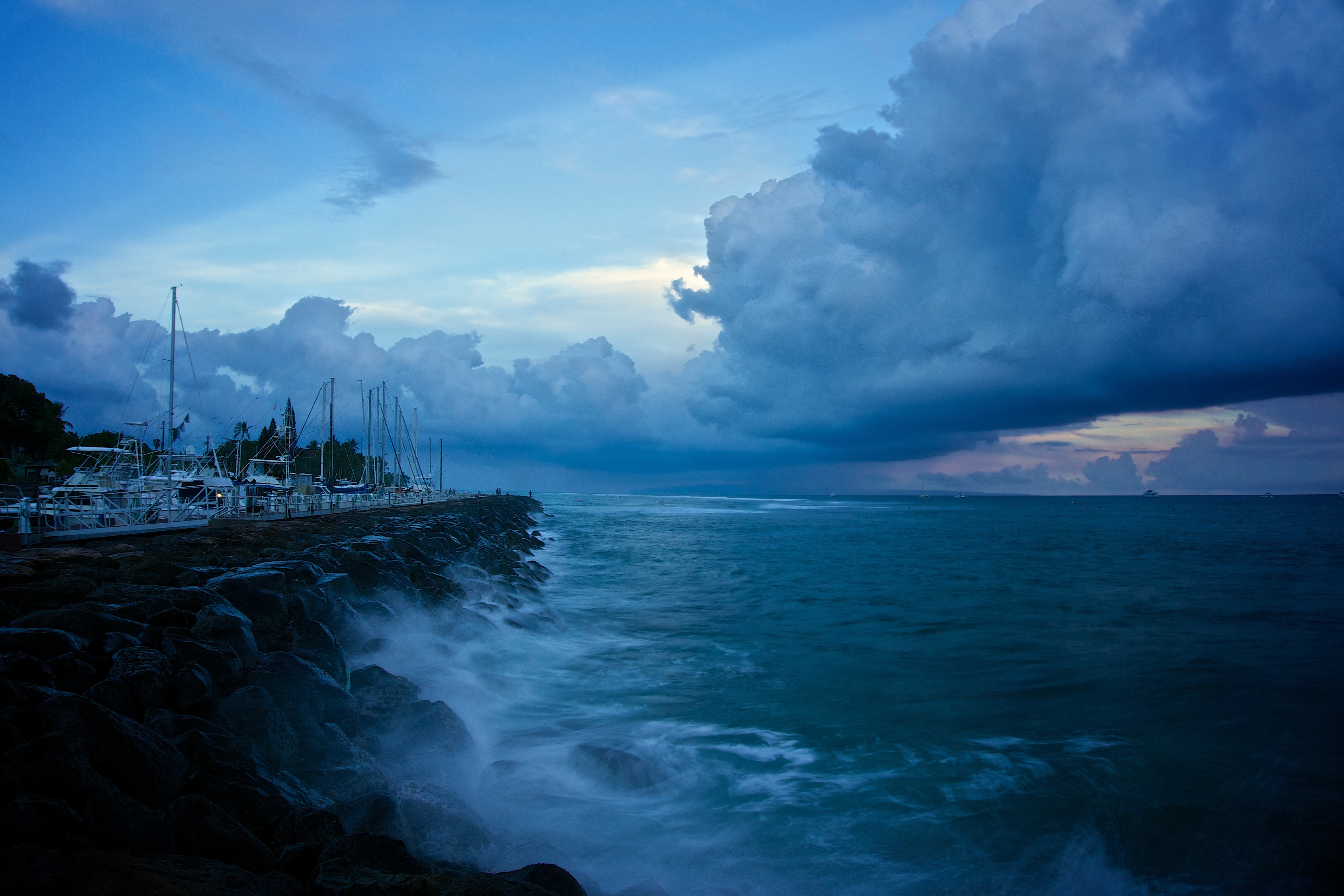Polynesian settlement and extinction
The earliest known settlers of the Pitcairn Islands were Polynesians who appear to have lived on Pitcairn and Henderson, as well as Mangareva Island 400 kilometres (250 mi) to the northwest, for several centuries. They traded goods and formed social ties among the three islands despite the long canoe voyages between them, helping the small populations on each island survive despite their limited resources. Eventually, important natural resources were exhausted, inter-island trade broke down and a period of civil war began on Mangareva, causing the small human populations on Henderson and Pitcairn to be cut off and eventually become extinct. Although archaeologists believe that Polynesians were living on Pitcairn as late as the 15th century, the islands were uninhabited when they were rediscovered by Europeans.

European discovery
Ducie and Henderson Islands were discovered by Portuguese sailor Pedro Fernandes de Queirós, sailing for the Spanish Crown, who arrived on 26 January 1606. He named them La Encarnación ("The Incarnation") and San Juan Bautista ("Saint John the Baptist"), respectively. However, some sources express doubt about exactly which of the islands were visited and named by Queirós, suggesting that La Encarnación may actually have been Henderson Island, and San Juan Bautista may have been Pitcairn Island.
Pitcairn Island was sighted on 3 July 1767 by the crew of the British sloop HMS Swallow, commanded by Captain Philip Carteret. The island was named after Midshipman Robert Pitcairn, a fifteen-year-old crew member who was the first to sight the island. Robert Pitcairn was a son of British Marine Major John Pitcairn, who later was killed at the Battle of Bunker Hill in the American Revolution.

British colony
Pitcairn Island became a British colony in 1838,and was among the first territories to extend voting rights to women. By the mid-1850s, the Pitcairn community was outgrowing the island. Its leaders appealed to the British government for assistance, and were offered Norfolk Island. On 3 May 1856 the entire population of 193 people set sail for Norfolk on board the Morayshire, arriving on 8 June after a miserable five-week trip. However, after 18 months on Norfolk, 17 of the Pitcairners decided to return to their home island; five years later another 27 followed. In 1886 the Seventh-day Adventist layman John Tay visited the island and persuaded most of the islanders to accept his faith. He returned in 1890 on the missionary schooner Pitcairn with an ordained minister to perform baptisms. Since then, the majority of Pitcairners have been Adventists.
Henderson, Oeno and Ducie islands were annexed by Britain in 1902: Henderson on 1 July, Oeno on 10 July and Ducie on 19 December.[23] In 1938 the three islands, along with Pitcairn, were incorporated into a single administrative unit called the "Pitcairn Group of Islands". Adamstown Church of Adamstown The population peaked at 233 in 1937 and has since fallen owing to emigration, primarily to New Zealand.

Politics
he Pitcairn Islands are a British overseas territory with a degree of local government. The Queen of the United Kingdom is represented by a Governor, who also holds office as British High Commissioner to New Zealand and is based in Auckland. The 2010 constitution gives authority for the islands to operate as a representative democracy, with the United Kingdom retaining responsibility for matters such as defence and foreign affairs. The Governor and the Island Council may enact laws for the "peace, order and good government" of Pitcairn. The Island Council customarily appoints a Mayor of Pitcairn as a day-to-day head of the local administration. There is a Commissioner, appointed by the Governor, who liaises between the Council and the Governor's office. The Pitcairn Islands has the smallest population of any democracy in the world.
